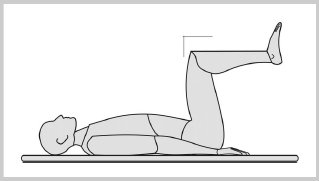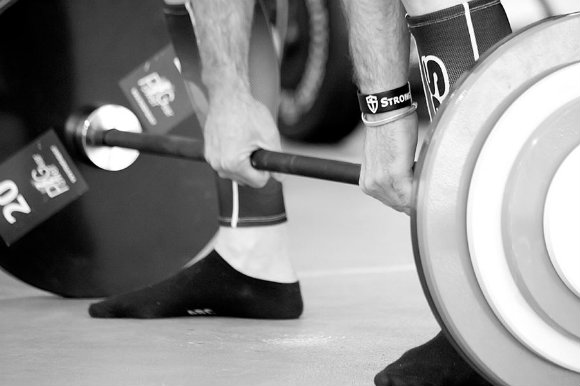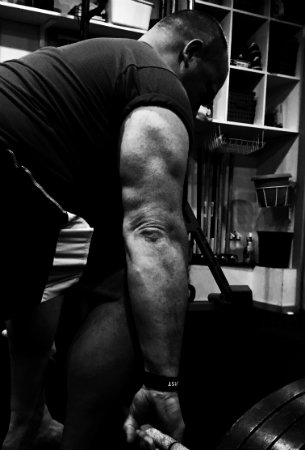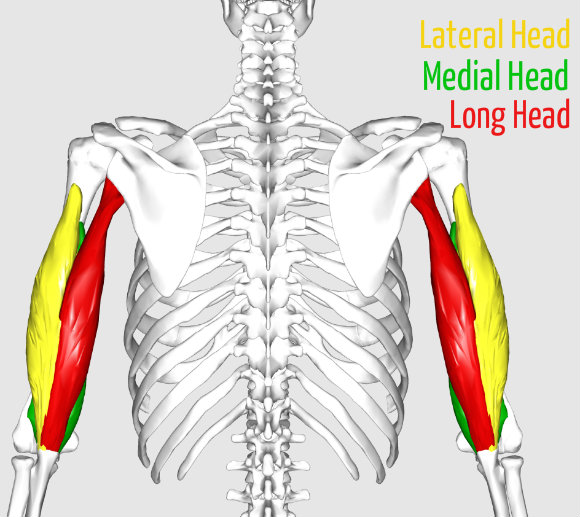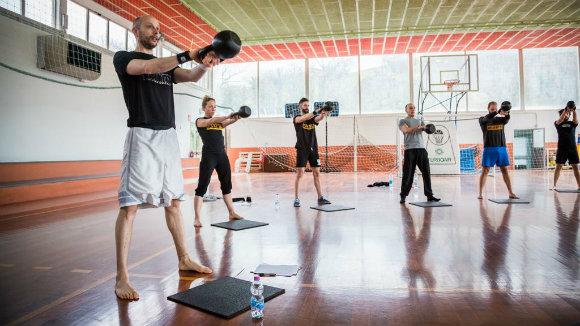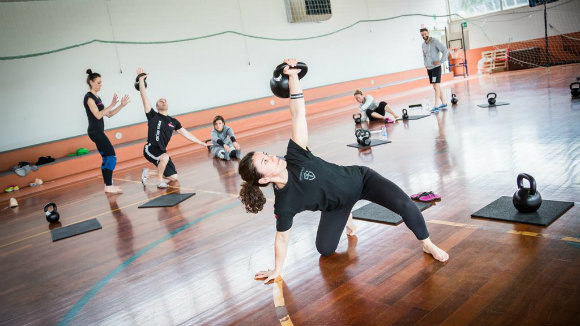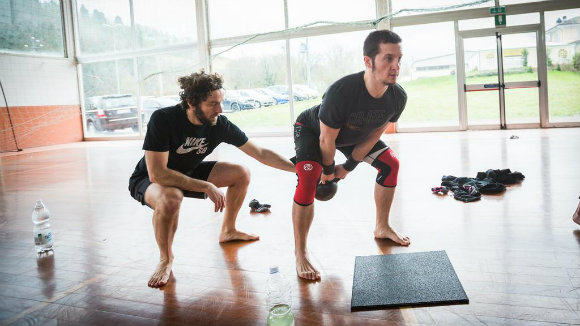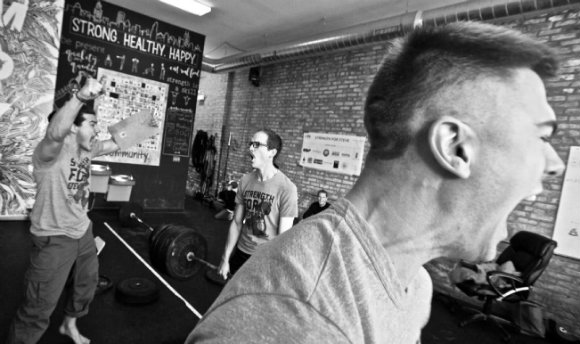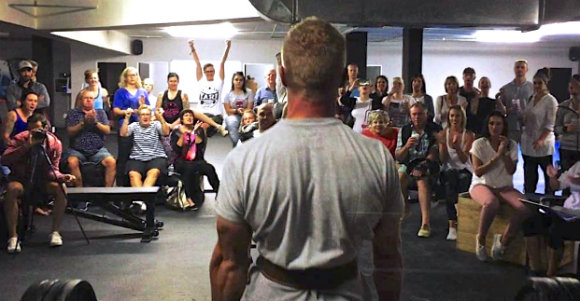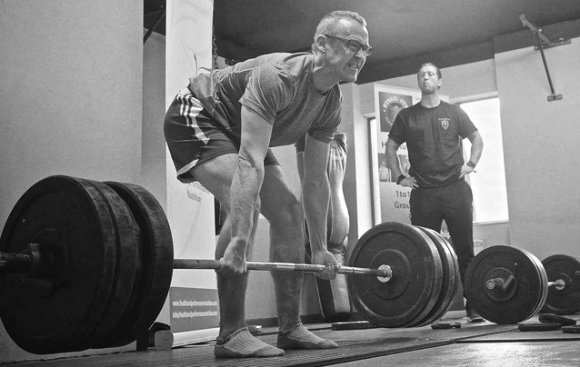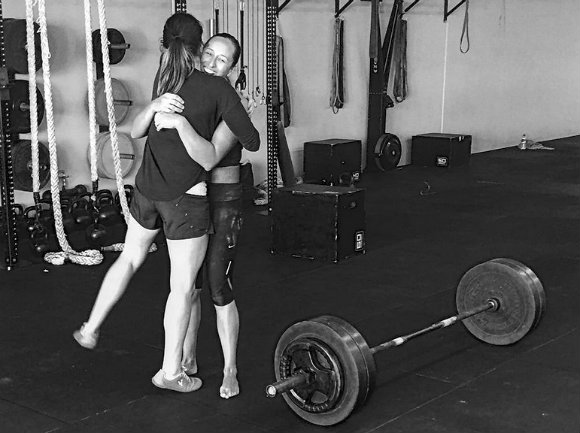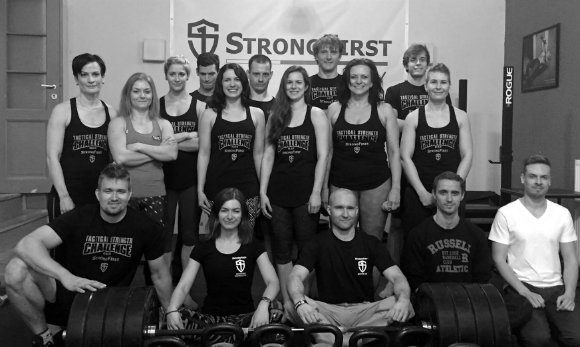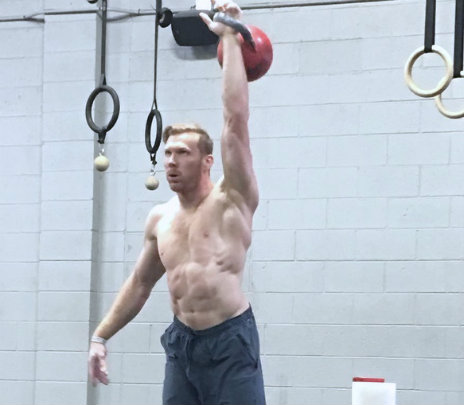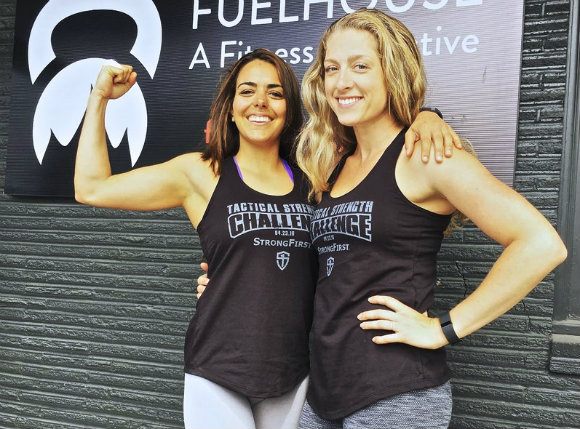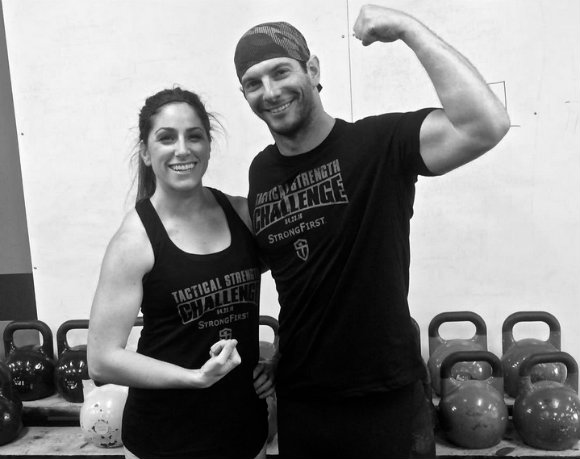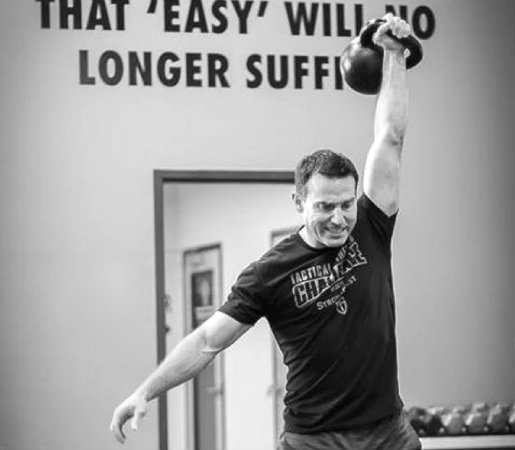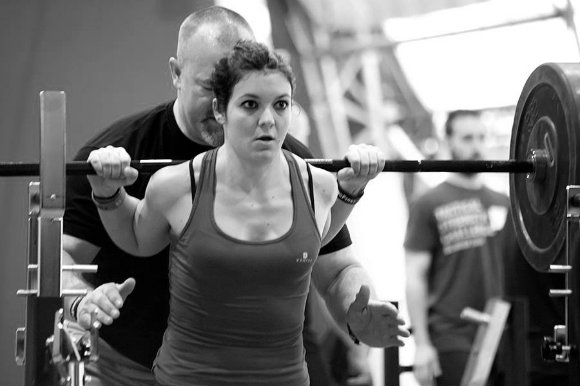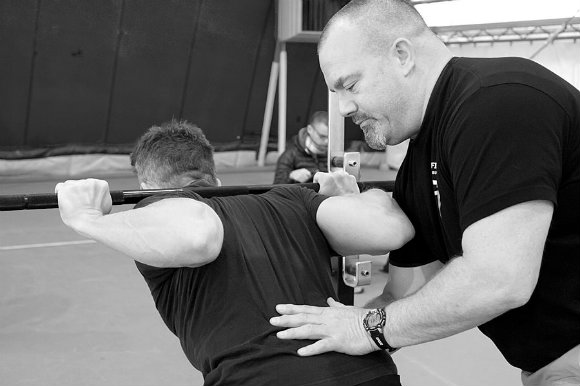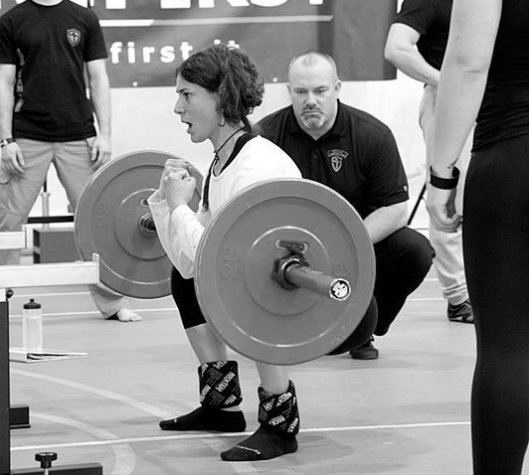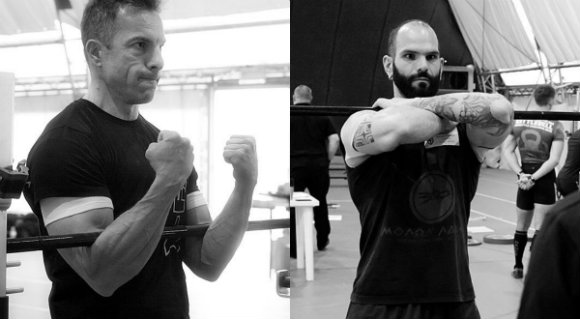By Andrea U-Shi Chang, Senior SFG, TSC Coordinator
Willard (Jim) Sloan entered to compete in the StrongFirst Tactical Strength Challenge (TSC) last October. People enter the TSC for a lot of different reasons, but Jim, at age 56, entered for perhaps one of the best reasons of all – to celebrate his life.
Celebrating a New Start
Jim competed in powerlifting, arm-wrestling, karate, and judo since he was quite young, He ran in competitive events his whole life. Five days prior to competing in a Tough Mudder, Jim didn’t feel right, but being a tough guy, he went home instead of getting checked. His recent yearly physical had showed “perfect” blood work. The following day he drove himself to the hospital and found out he’d had a heart attack.
After open heart surgery, Jim began the return to health with his physical therapist and doctors. He was told by many of his healthcare workers that he shouldn’t lift weights. However, his cardiologist told him that his strength training over the years had saved him and he should continue.
Jim credits a great deal of success to his training with kettlebells. In his words:
“The best piece of training equipment in the world in my gym goes anywhere and can get both cardio and strength practice done in thirty minutes – for me, the simpler the better, Occam’s razor fits best. Pavel brought different protocols and implemented them in unique ways with modifications along the way to forestall stagnation – in my humble opinion I consider him the best coach/instructor in the world because he uses science not conjecture.”

Jim at the TSC event at Albany Movement and Fitness
A Reason to Choose the Tactical Strength Challenge
October 4, 2014, was Jim’s one year anniversary of heart surgery and the date of the Fall Tactical Strength Challenge (TSC). Jim had begun his reborn life and was determined to compete.
The Tactical Strength Challenge occurs in the spring and fall of each year. The exercises are the same at each event and the athlete can compare scores from one competition to the next. It consists of the following three elements that challenge the athlete across multiple domains:
- Strict pull-ups or flexed arm hang – tests absolute upper-body strength
- Deadlift – tests absolute lower-body strength
- Snatch test – tests work capacity by performing as many reps as possible
In Jim’s words:
“Without a doubt, the TSC was the best competition I have ever been in, and I have been in a lot! I have never been around so many good, decent, folks who are driven, but also so very supportive. Each had a goal – to beat the weights – not each other. No fancy powerlifting suits here, just real strength and courage – these were people you want to get to know.
My daughter Kelsey and I are training for the upcoming TSC three days a week with kettlebells and weights, using an 80/20 principle. Twenty percent of our exercises give us eighty percent of our results. The pull-ups, deadlift, and snatches with additional supportive exercises to reduce weak areas, and rotating them accordingly. At age twelve my daughter Kelsey pulled 185 at 99 pounds bodyweight. At her current age and weight she is on pace to pull 250 plus and she is the best training partner in the world!”
Ready to host a TSC event? Contact us here to learn more: TSC@strongfirst.com
The post The Tactical Strength Challenge as Celebration of Life appeared first on StrongFirst.






